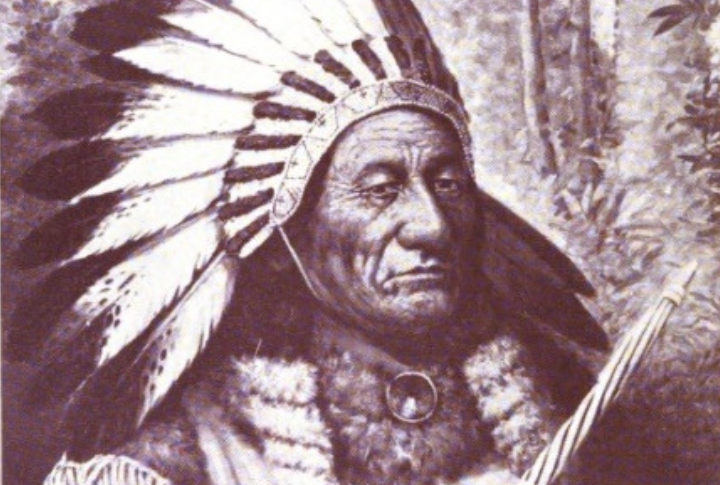
Throughout history, Native Americans have made powerful contributions to their communities and beyond, with many leaving lasting legacies that continue to shape the present. Here are 20 influential Native Americans whose impact still resonates today.
Tecumseh’s Vision For Indigenous Unity
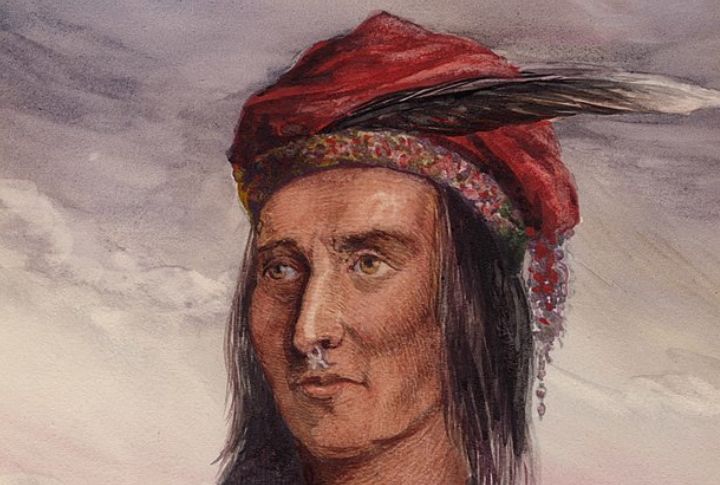
A warrior, orator, and strategist, Tecumseh fought to unite Indigenous nations against U.S. expansion. His speeches ignited resistance and convinced tribes to defend their lands collectively. Aligning with the British in the battle of 1812, he sought sovereignty. His vision lives on, inspiring Indigenous activism and unity today.
Sacagawea’s Role In The Lewis And Clark Expedition
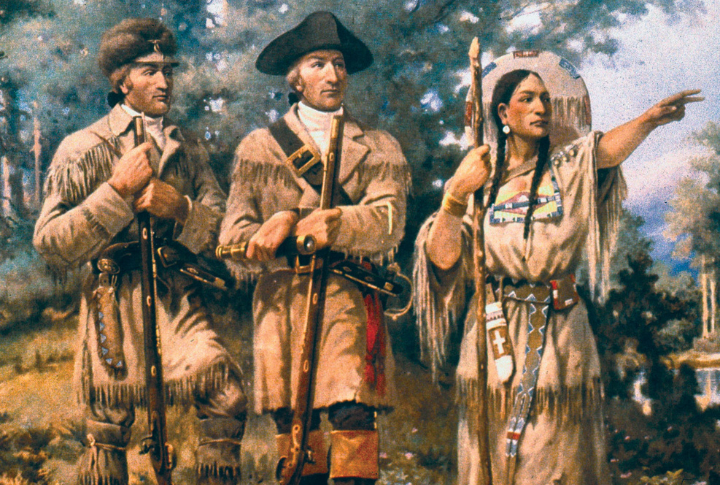
Navigating rugged landscapes, Sacagawea proved indispensable to the famed Lewis and Clark expedition. Her linguistic skills and deep knowledge of the terrain turned obstacles into opportunities. As a young mother, she carried her infant while guiding explorers.
Sitting Bull’s Leadership And Defiance
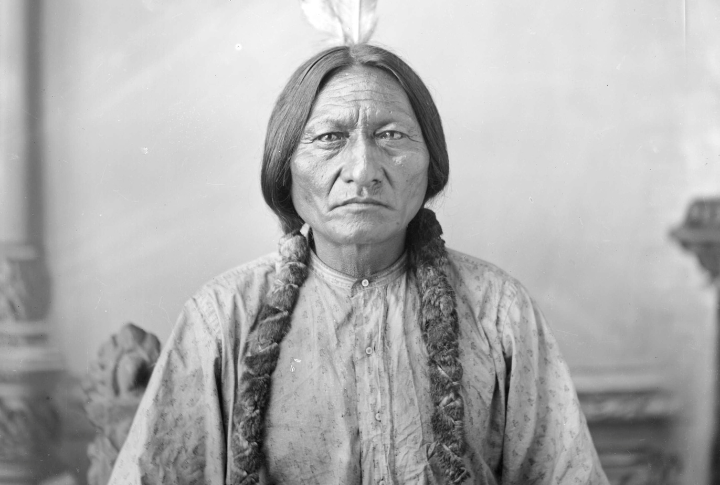
Few leaders take on resistance like Sitting Bull. A fierce protector of Lakota lands, he orchestrated the victory at Little Bighorn in 1876. His spiritual influence extended beyond battle, guiding his people through relentless U.S. aggression. Even in passing, his legacy fuels the fight for Indigenous sovereignty.
Wilma Mankiller’s Trailblazing Leadership
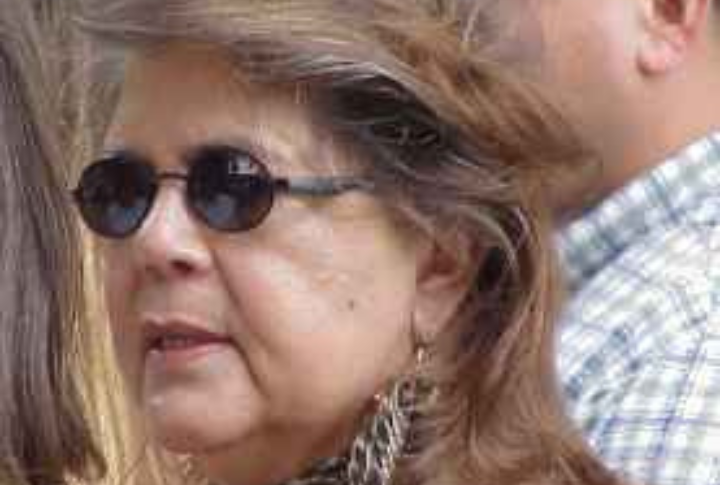
Leadership was not given to Wilma Mankiller; she seized it. Rising to become the first female Principal Chief of the Cherokee Nation, she championed economic development and healthcare. Facing sexism and political pushback, she persevered and pushed on that Native women belonged at the helm of tribal leadership and progress.
Jim Thorpe’s Athletic Mastery
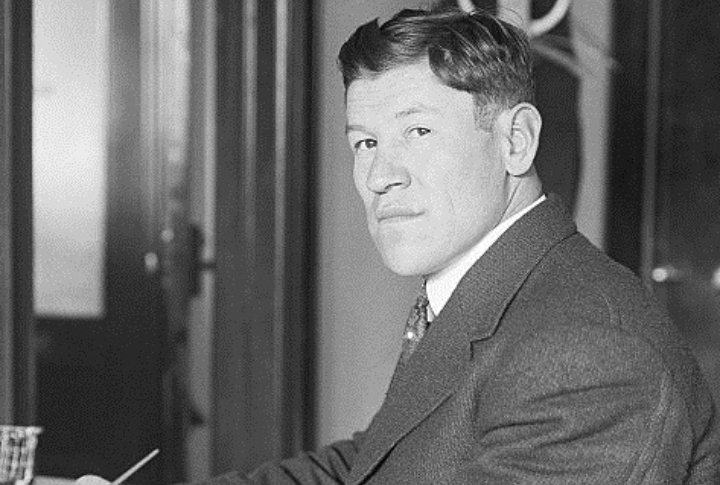
Breaking barriers, Jim Thorpe redefined athletic excellence. A multi-sport legend, he dominated football, baseball, and track and field, winning Olympic gold in 1912. Although he was stripped of his medals due to amateurism rules and partially reinstated in 1982, he remained undeterred.
Zitkala-Sa’s Literary And Political Impact
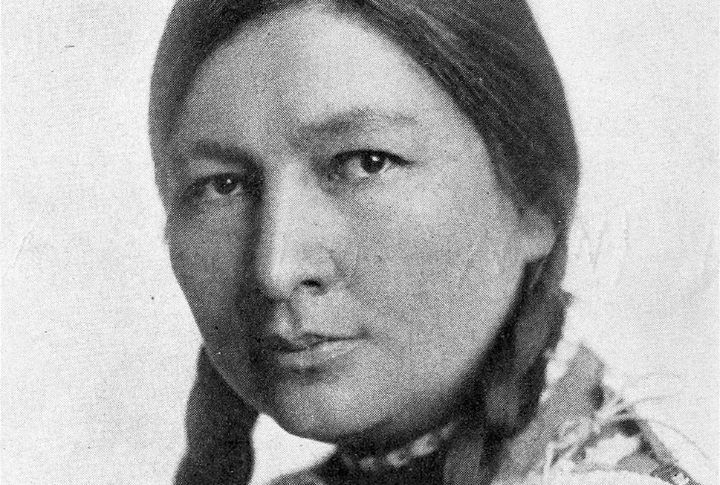
With words as her weapon, this legend challenged the erasure of Indigenous culture. Through writing and activism, she revealed the injustices of boarding schools while preserving Native traditions. As co-founder of the National Council of American Indians, Zitkala-Sa shaped policies that continue to protect Indigenous rights and identities.
Deb Haaland’s Historic Role In Government
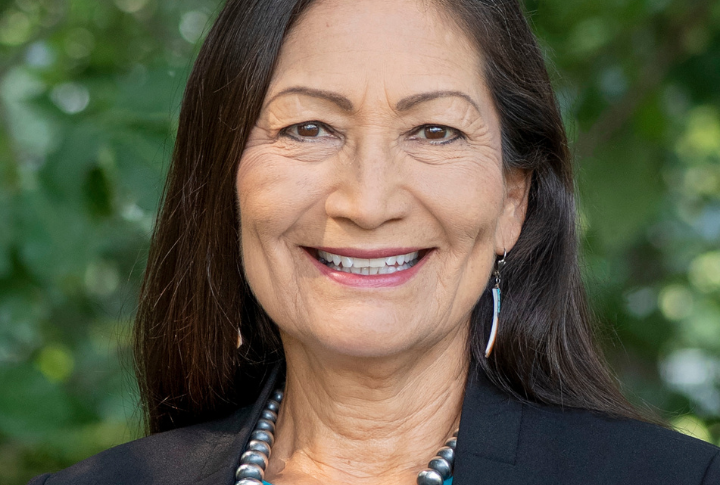
Deb Haaland shattered glass ceilings, bringing Indigenous voices into U.S. politics. Elected to Congress and later appointed Secretary of the Interior, she championed environmental protections and tribal sovereignty. Her leadership signals a new era where Native perspectives shape national policies rather than being excluded.
Maria Tallchief’s Revolutionary Ballet Career
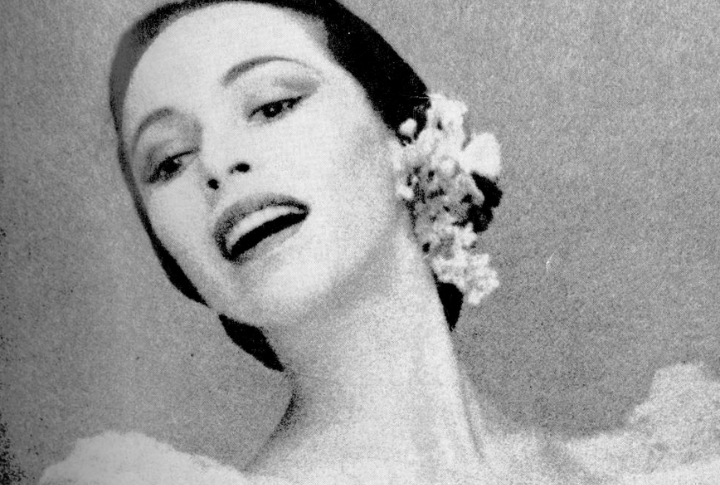
Grace met power in Maria Tallchief’s movements. As America’s first prima ballerina, she captured audiences worldwide and elevated ballet with precision and artistry. Breaking stereotypes about Indigenous identity, she proved that Native heritage and classical dance could harmoniously coexist on the world’s grandest stages.
Billy Frank Jr.’s Battle For Tribal Fishing Rights
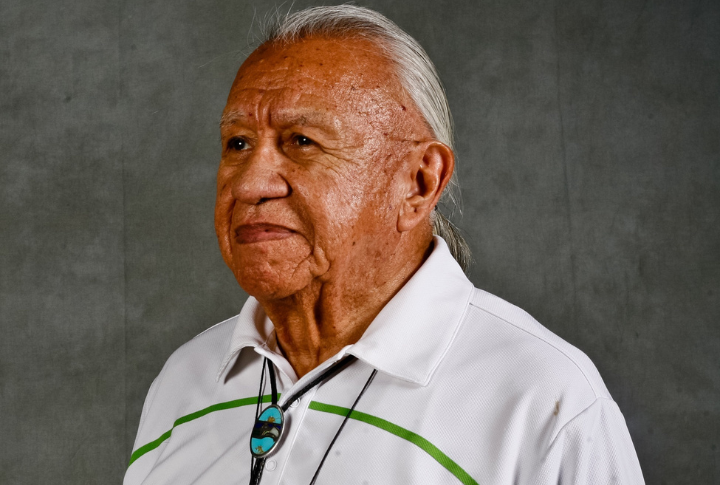
Few fought harder for Indigenous fishing rights than Billy Frank Jr. Apprehended over 50 times for upholding tribal treaty rights, he turned his activism into victories. His work paved the way for landmark decisions protecting Native fisheries to ensure that generations can continue traditional fishing practices.
Ada Deer’s Campaign For Tribal Recognition
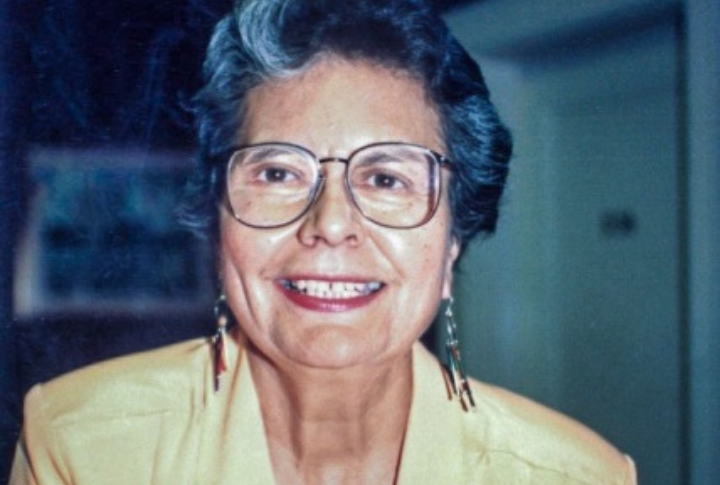
The U.S. government attempted to erase the Menominee Tribe, but Ada Deer refused to let that happen. Leading a relentless movement, she confronted lawmakers and overturned termination policies. This landmark achievement restored sovereignty and set a powerful precedent for Indigenous rights nationwide.
Joy Harjo’s Poetry And Cultural Influence

Words became a force of reclamation in Joy Harjo’s hands. With a combination of Muscogee Creek traditions and modern verse, she crafts stories that challenge erasure and reclaim Indigenous identity. As the first Native U.S. Poet Laureate, she brought Native perspectives into national literature.
John Herrington’s Journey Beyond Earth

Few have carried Native heritage as far as John Herrington—literally. The first enrolled Native American astronaut, he took his Chickasaw ancestry to space and honored his roots with symbolic artifacts. These achievements continue to inspire Indigenous youth to pursue STEM fields.
Winona LaDuke’s Environmental Activism
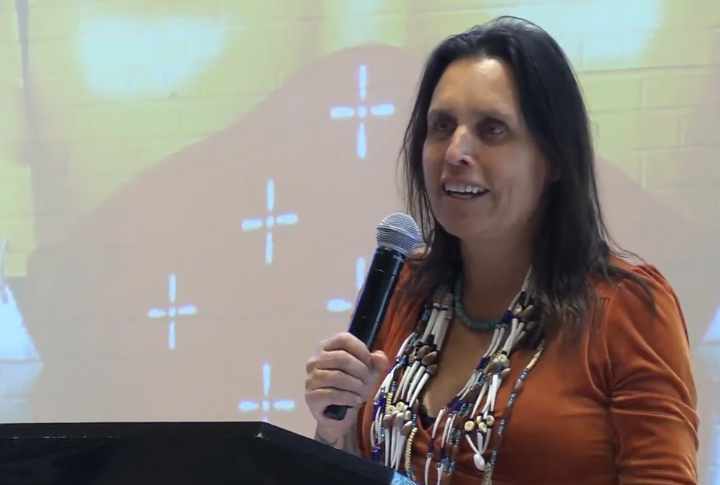
Protecting sacred lands, Winona LaDuke stands at the forefront of Indigenous environmental movements. A champion of sustainable energy and land rights, she co-founded Honor the Earth, advocating against pipeline expansions. Her tireless efforts safeguard both Native sovereignty and the planet’s future.
Charles Curtis’s Political Ascent
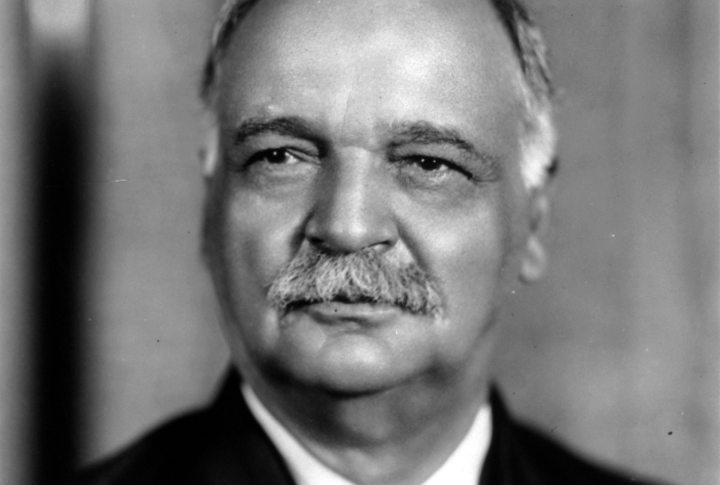
Few recall that the United States once had a Vice President of both Native American and European ancestry. Charles Curtis, whose heritage included Kaw, Osage, Potawatomi, and French descent, took office in 1929. While his policies sparked debate, his rise marked a significant moment in Indigenous representation.
N. Scott Momaday’s Literary Influence
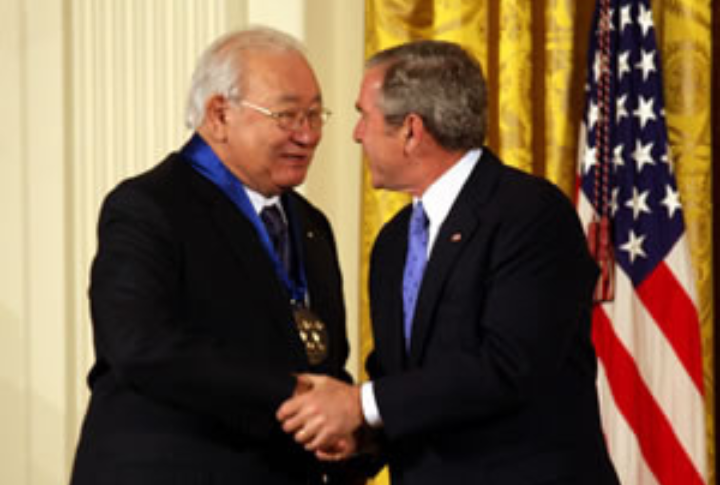
With vivid storytelling, N. Scott Momaday reshaped how the world perceives Native narratives. His Pulitzer-winning novel House Made of Dawn introduced Indigenous literature to mainstream audiences. Through poetry and prose, he preserved Kiowa traditions.
Ben Nighthorse Campbell’s Legislative Advocacy
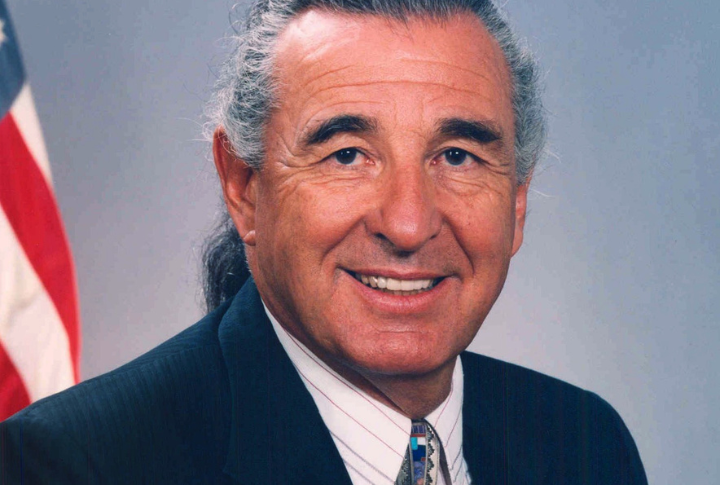
A warrior in politics, he championed Native causes in the U.S. Senate. As a Northern Cheyenne leader, Ben secured funding for tribal programs and fought for land protections. His transition from Olympic athlete to lawmaker proved that advocacy for Indigenous communities knows no single path.
Susan La Flesche Picotte’s Medical Breakthroughs
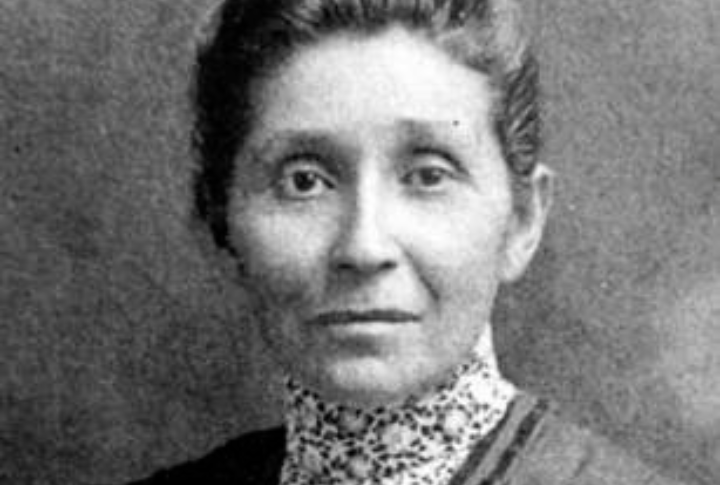
Susan La Flesche Picotte saw her people suffering and refused to stand by. Trained as a doctor when few Indigenous women could access education, she treated thousands, often traveling miles on horseback. Beyond medicine, she pushed for public health reforms and changed healthcare in Native communities for generations.
Allan Houser’s Transformative Art
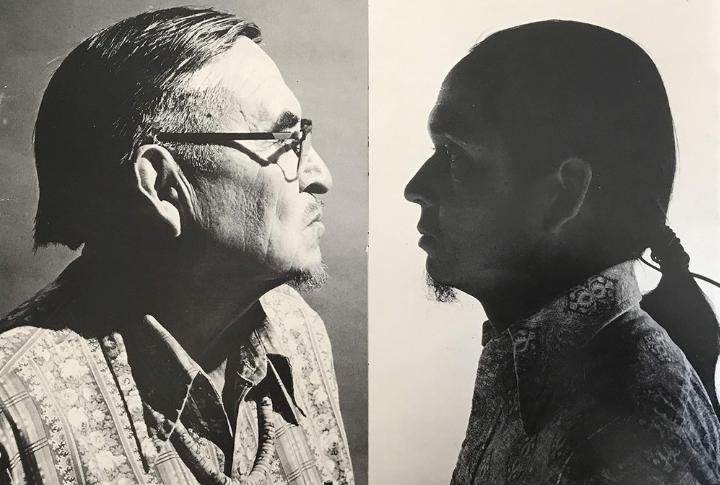
Sculpting history, Allan Houser redefined Native artistry. His works, a mix of Apache tradition and modern techniques, earned global recognition. Museums worldwide house his sculptures, which ensure Indigenous art stands alongside history’s greatest masterpieces.
Dennis Banks’s Radical Resistance

The revolution demanded bold action, and Dennis Banks delivered. Co-founding the American Indian Movement (AIM), he led protests and organized the 1973 Wounded Knee occupation. His defiance against systemic maltreatment sparked a movement that still challenges injustices against Indigenous communities today.
Louise Erdrich’s Storytelling Power

With pen in hand, Louise Erdrich crafts Native history into literature. The Pulitzer Prize-winning author weaves Ojibwe’s heritage into novels that resonate with readers worldwide. Her works, including “The Night Watchman” and “Love Medicine,” highlight Native resilience, ensuring Indigenous voices thrive in contemporary storytelling.

